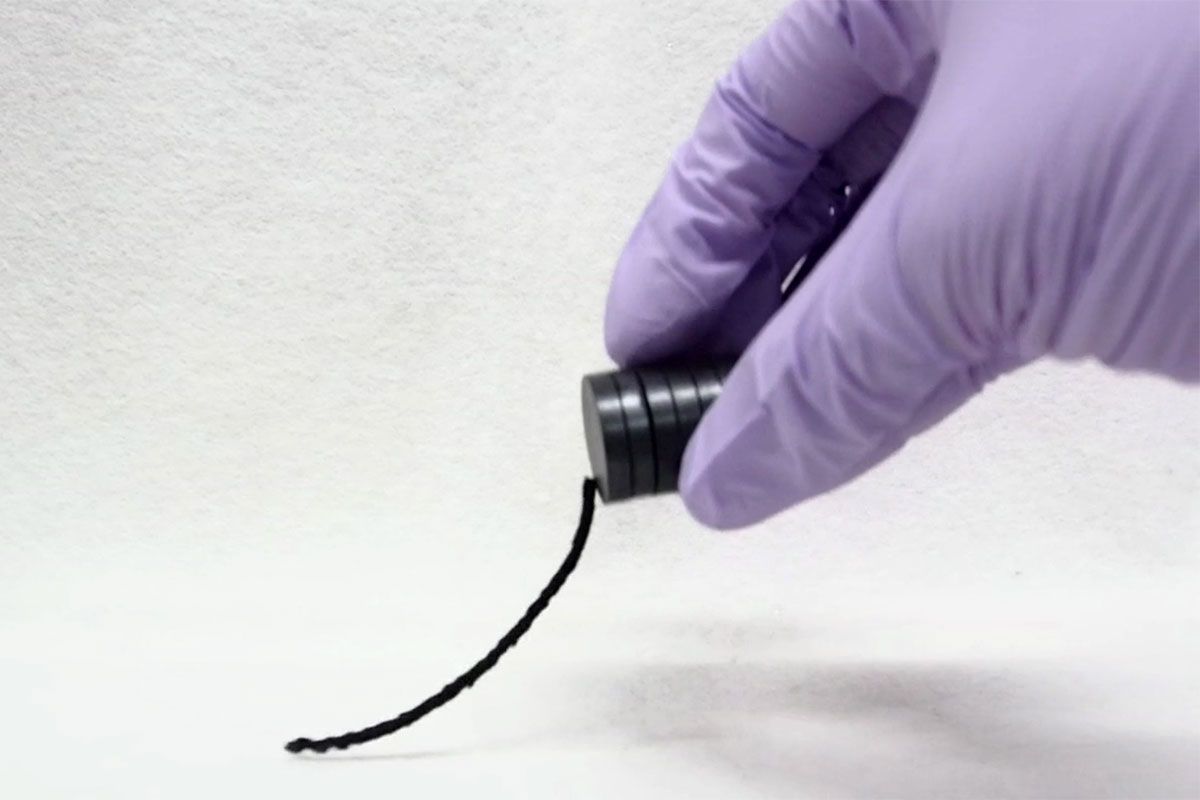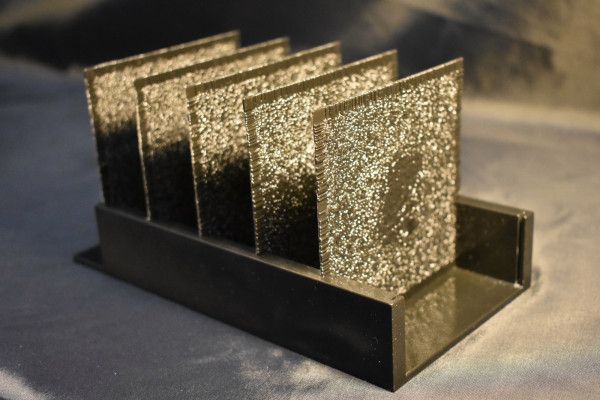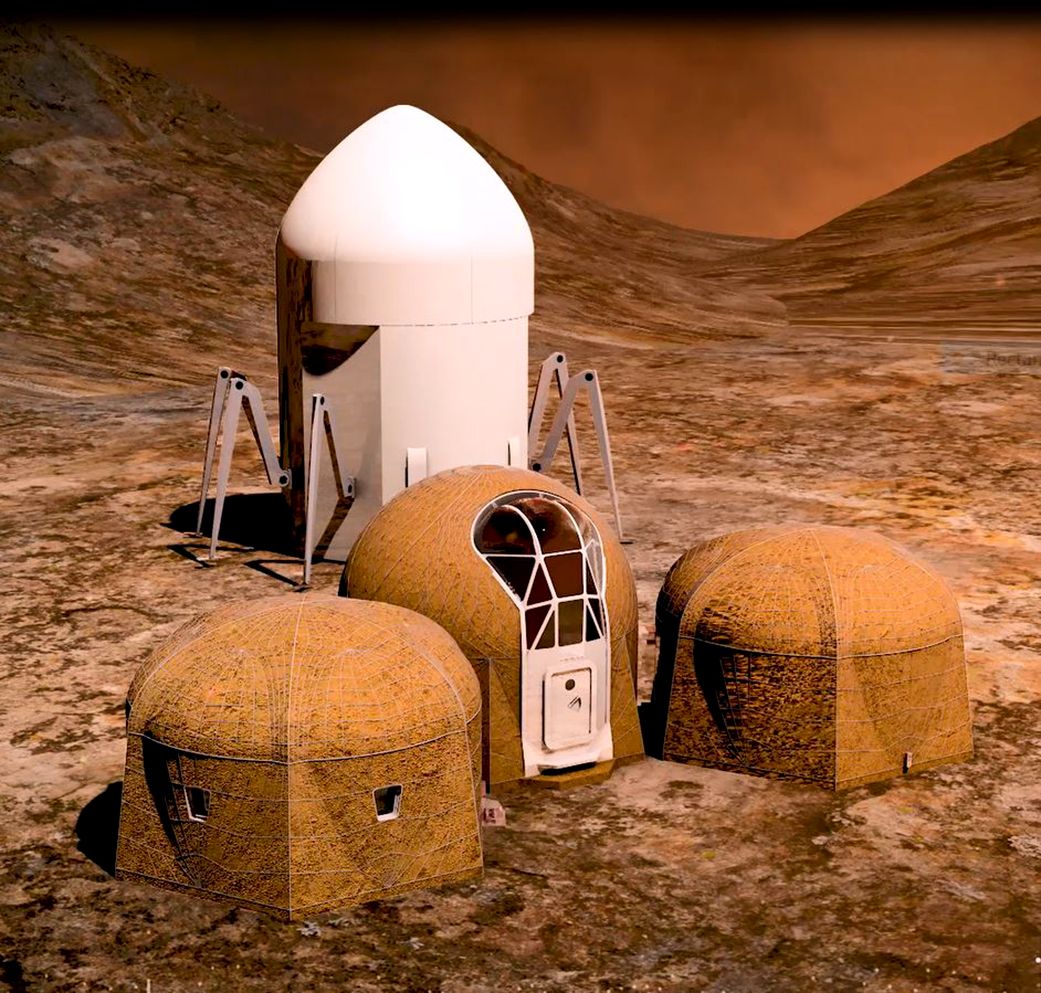Category: 3D printing – Page 89
Looking at Wind Turbines From a Different Angle
When we think of wind turbines, the first thing that usually comes to mind is the typical Sim City-esque type – 3 blades, gigantic, and wired into the municipal power grid. In truth, the world of wind power generation is far more varied indeed – as [Vittorio]’s vertical-axis wind turbine shows us.
So what exactly is a vertical-axis wind turbine, you ask? Well, rather than the typical setup with blades rotating about a horizontal axis, as in typical utility turbines or a classic electric fan you might use to cool off on a sunny day, instead a vertical axis is used. This necessitates a very different blade design due to the orientation of the rotational axis relative to the flow, so such turbines can be quite visually striking to those unfamiliar with such designs.
[Vittorio]’s design is a great way to get to grips with the type. The blades and supports were initially created out of PVC gutter channel, though 3D printed versions have also been developed. The motion is turned into electricity by using a simple brushed DC motor as a dynamo.
Joris Column: Printcrime, augmenting humans, nanoconvergence and Segway polo
Often only a few years separate the tinfoil hats from the millionaires to be. I was writing the piece on the Youbionic arm and thinking of how we will use 3D printing to augment human beings. Clearly augmenting the human body with mechatronics would be a good idea. The flesh is weak but stepper motors are strong! Oh how we will eeck, ooow, brrrr whine in our old stepper augmented age. Machines could very well fill the gaps once our bodies start failing us. But, will old people homes really be filled with Borg grandmas?

Will your grandad get that night vision upgrade he’s always wanted so he can deer hunt whenever he damn pleases? Would it be a good idea if I on a whim replaced my tennis elbow with a tennis racket? We never get the future right and most of our visions of mechatronic augmentations of humans are either a bit Johhny Cab or they’re ruined by that tiara Geordi was wearing across his face in Star Trek. I know he can’t see it, but someone should have told him really.

Allevi, Made in Space team up to develop first 3D bioprinter in space
3D bioprinting company Allevi has teamed up with California-based 3D printing and space technology firm Made In Space to develop the Allevi ZeroG – the first 3D bioprinter capable of working in low-gravity conditions.
Allevi (formerly BioBots) was founded in 2014 by University of Pennsylvania graduates Ricardo Solorzano and Daniel Cabrera. At the time, the ambitious duo set out to develop an accessible desktop bioprinting system which could be used for a wide variety of research and educational applications.


This 3D-printed AI construct analyzes
Machine learning is everywhere these days, but it’s usually more or less invisible: it sits in the background, optimizing audio or picking out faces in images. But this new system is not only visible, but physical: it performs AI-type analysis not by crunching numbers, but by bending light. It’s weird and unique, but counter-intuitively, it’s an excellent demonstration of how deceptively simple these “artificial intelligence” systems are.
Machine learning systems, which we frequently refer to as a form of artificial intelligence, at their heart are just a series of calculations made on a set of data, each building on the last or feeding back into a loop. The calculations themselves aren’t particularly complex — though they aren’t the kind of math you’d want to do with a pen and paper. Ultimately all that simple math produces a probability that the data going in is a match for various patterns it has “learned” to recognize.
The thing is, though, that once these “layers” have been “trained” and the math finalized, in many ways it’s performing the same calculations over and over again. Usually that just means it can be optimized and won’t take up that much space or CPU power. But researchers from UCLA show that it can literally be solidified, the layers themselves actual 3D-printed layers of transparent material, imprinted with complex diffraction patterns that do to light going through them what the math would have done to numbers.

4 Billion New Minds Online: The Coming Era of Connectivity
As 5G electrifies a world of trillions of sensors and devices, we’re about to live in a world where anyone anywhere can have access to the world’s knowledge, crowdfund ready capital across 8 billion potential investors, and 3D print on the cloud.
And as the population of online users doubles, we’re about to witness perhaps the most historic acceleration of progress and technological innovation known to man.
Abundance Digital Online Community: I have created a digital/online community of bold, abundance-minded entrepreneurs called Abundance Digital. This is my “onramp” for exponential entrepreneurs—those who want to get involved and play at a higher level. Click here to learn more.
NASA-awarded ‘marsha’, a 3D-printed vertical martian habitat
3D printing refers to various processes used to manufacture three dimensional objects in successive layers of material formed under computer control.
NASA-awarded ‘marsha’, a 3D-printed vertical Martian habitat by AI spacefactory.

Five Teams Win a Share of $100,000 in 3D-Printed Habitat Competition
NASA and partner Bradley University of Peoria, Illinois, have selected the top five teams to share a $100,000 prize in the latest stage of the agency’s 3D-Printed Habitat Centennial Challenge competition. Winning teams successfully created digital representations of the physical and functional characteristics of a house on Mars using specialized software tools. The teams earned prize money based on scores assigned by a panel of subject matter experts from NASA, academia and industry. The judges interviewed and evaluated submissions from 18 teams from all over the world and selected these teams:

NASA Funding Project To Turn Asteroids Into Spaceships: Report
NASA has recently announced it would give funds to a California-based 3D printing company for finding ways to turn asteroids into giant, autonomous spacecrafts, which could fly to outposts in space, the media reported.
Made In Space’s project, known as RAMA (Reconstituting Asteroids into Mechanical Automata), could one day enable space colonization by helping make off-Earth manufacturing efficient and economically viable, Space.com reported.
The company plans to use 3D printing to turn the asteroids into self-flying vehicles by 2030.
